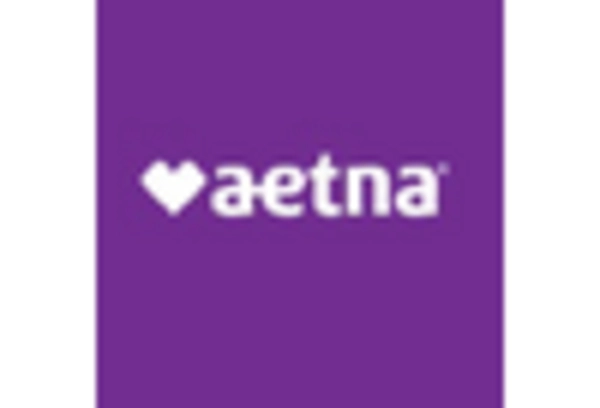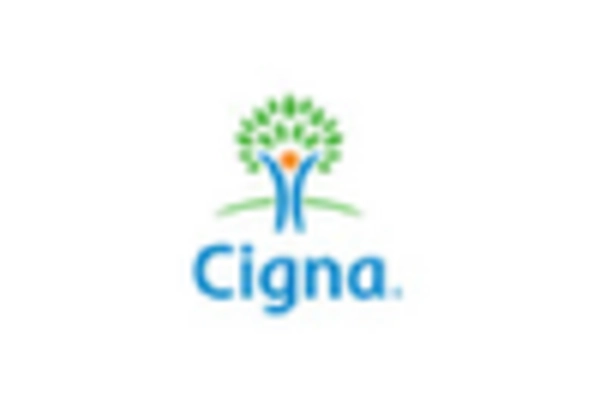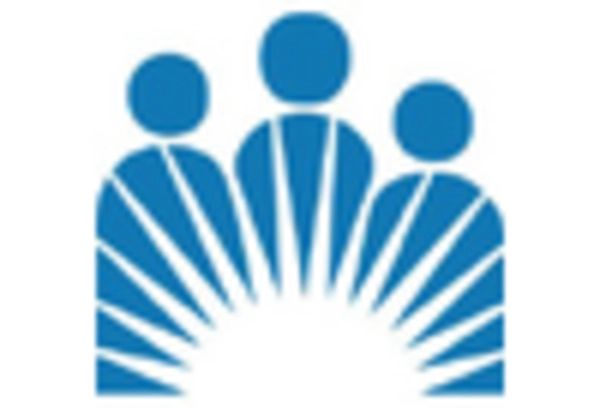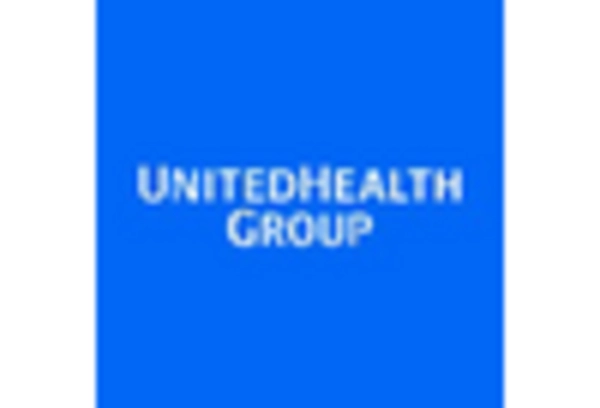Aging Population
The demographic shift towards an aging population in South America is significantly influencing the medical case-management market. By 2030, it is projected that over 15% of the population will be aged 65 and older, leading to an increased prevalence of age-related health issues. This demographic trend necessitates comprehensive case-management services to address the complex healthcare needs of older adults. The medical case-management market is likely to expand as healthcare providers adapt to these changing demographics, focusing on personalized care plans and chronic disease management. Additionally, the growing elderly population may drive demand for specialized case managers who can navigate the intricacies of geriatric care, thereby enhancing the overall effectiveness of healthcare delivery.
Rising Healthcare Expenditure
The increasing healthcare expenditure in South America is a pivotal driver for the medical case-management market. Governments and private sectors are allocating more funds to enhance healthcare services, which is expected to reach approximately $500 billion by 2026. This surge in investment is likely to improve access to medical case-management services, thereby fostering better patient outcomes. As healthcare systems evolve, the demand for efficient case-management solutions is anticipated to grow, reflecting a shift towards more patient-centered care. The medical case-management market is poised to benefit from this trend, as healthcare providers seek to optimize resource allocation and improve service delivery. Furthermore, the rising costs associated with chronic diseases necessitate effective case management strategies, further propelling market growth.
Increased Focus on Preventive Care
There is a growing emphasis on preventive care within the healthcare systems of South America, which is driving the medical case-management market. This shift is largely influenced by the recognition that proactive health management can reduce long-term healthcare costs and improve patient outcomes. As a result, healthcare providers are increasingly investing in case-management services that prioritize preventive strategies. The medical case-management market is likely to benefit from this trend, as case managers play a crucial role in educating patients about preventive measures and coordinating care to mitigate health risks. This focus on prevention is expected to lead to a more sustainable healthcare model, ultimately enhancing the effectiveness of case management services.
Rising Incidence of Chronic Diseases
The rising incidence of chronic diseases in South America is a critical driver for the medical case-management market. Conditions such as diabetes, hypertension, and cardiovascular diseases are becoming increasingly prevalent, necessitating effective management strategies. It is estimated that chronic diseases account for over 70% of healthcare costs in the region, highlighting the urgent need for comprehensive case-management solutions. The medical case-management market is likely to expand as healthcare providers seek to implement targeted interventions for chronic disease management. This trend underscores the importance of case managers in coordinating care, monitoring patient progress, and ensuring adherence to treatment plans. As the burden of chronic diseases continues to grow, the demand for effective case-management services is expected to rise.
Technological Advancements in Healthcare
Technological advancements are reshaping the landscape of the medical case-management market in South America. Innovations such as telemedicine, electronic health records, and data analytics are becoming integral to case management practices. These technologies facilitate better communication between healthcare providers and patients, improving the efficiency of care coordination. The medical case-management market is likely to see a rise in the adoption of these technologies, as they enable more accurate tracking of patient progress and outcomes. Furthermore, the integration of artificial intelligence in case management systems may enhance decision-making processes, leading to more tailored care solutions. As healthcare providers increasingly embrace these advancements, the market is expected to experience substantial growth.


















Leave a Comment